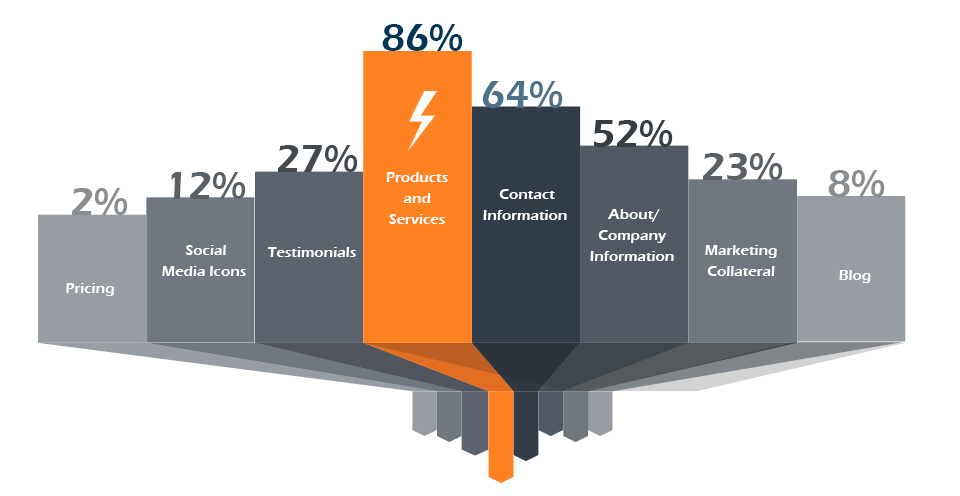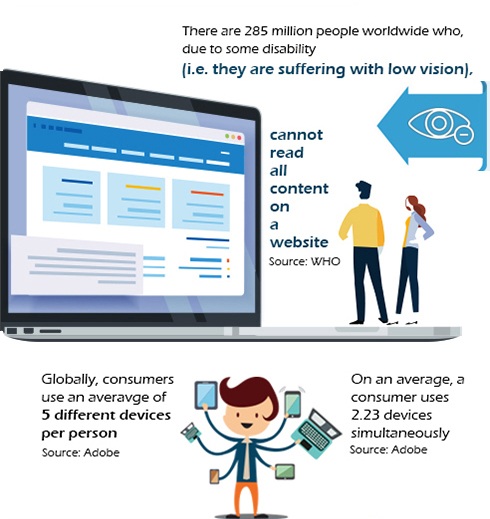User Experience has the ability to make or break any website, especially an ecommerce one. For any ecommerce business, UI/UX is where the customer conversation starts and ends. Research indicates that increasing competition and multiple choices make customer loyalty an impossible phenomenon. In this tech-savvy world, a phenomenal website stands apart from the competitors.
84% of the companies expect to increase their focus on customer experience measurements and metrics
Source: Temkin Group
A good ecommerce website is supposed to engross customers and make them buy at least one product before they leave the site. It’s not just the look of it that matters but the operation, navigations and so many other things come into the picture.
On an average, every dollar invested in UX brings 100 dollars in return
Source: Forrester
While auditing one of the most important elements in the ecommerce business, several entities are to be checked in order to complete the audit successfully. The major areas of focus include:
- Homepage
- Search and Navigation
- Accessibility & Adaptiveness
- Site Responsiveness
- Product List & Filtering
- Product Details
- Personalization
- Reviews & Ratings
- Checkout and Order Confirmation Page
In this blog, we shall discuss the importance of the first three optimizations in an ecommerce website.
Homepage
Homepage is like the storefront of your ecommerce website. You display the best here to charm and mesmerize your customer and make them buy at least one of your products. It should contain diverse yet personalized content that will persuade the customer to shop. According to a study by Baymard, first-time users rely heavily on the homepage content to determine the type of site they’d landed on.
Search & Navigation
The value of a good search experience lies in the autocomplete suggestions that the website can make. This will encourage the user to stay on the website to see the available products. Site navigation is as important as an efficient search function. It provides the high-level overview of what the site offers. Using appropriate labels in all the pages of the website will help the customers easily access the details of the product they require. However, following the design conventions and navigations and using hamburger menus (hidden menus) are widely popular in all devices and attract customers.
Accessibility & Adaptiveness
The goal of any ecommerce website is to be present everywhere and provide access to everyone. It should be irrespective of your age, location, device, type of OS etc.
It’s evident from the above stats that an aesthetically engaging Homepage, smooth Search & Navigation, and hassle-free Accessibility & Adaptiveness play a key role in encouraging a visitor to become a customer. Read more in our next blog, other aspects of an ecommerce website that will improve the conversion rate for the retailers. Stay tuned!
Top 9 necessary optimizations for your Ecommerce UX Audit – Part 2
- Empower Commerce with Oracle Retail Omnichannel Suite - February 20, 2019
- Top 9 necessary optimizations for your Ecommerce UX Audit – Part 3 - November 28, 2018
- Top 9 necessary optimizations for your Ecommerce UX Audit – Part 2 - October 29, 2018










Comments